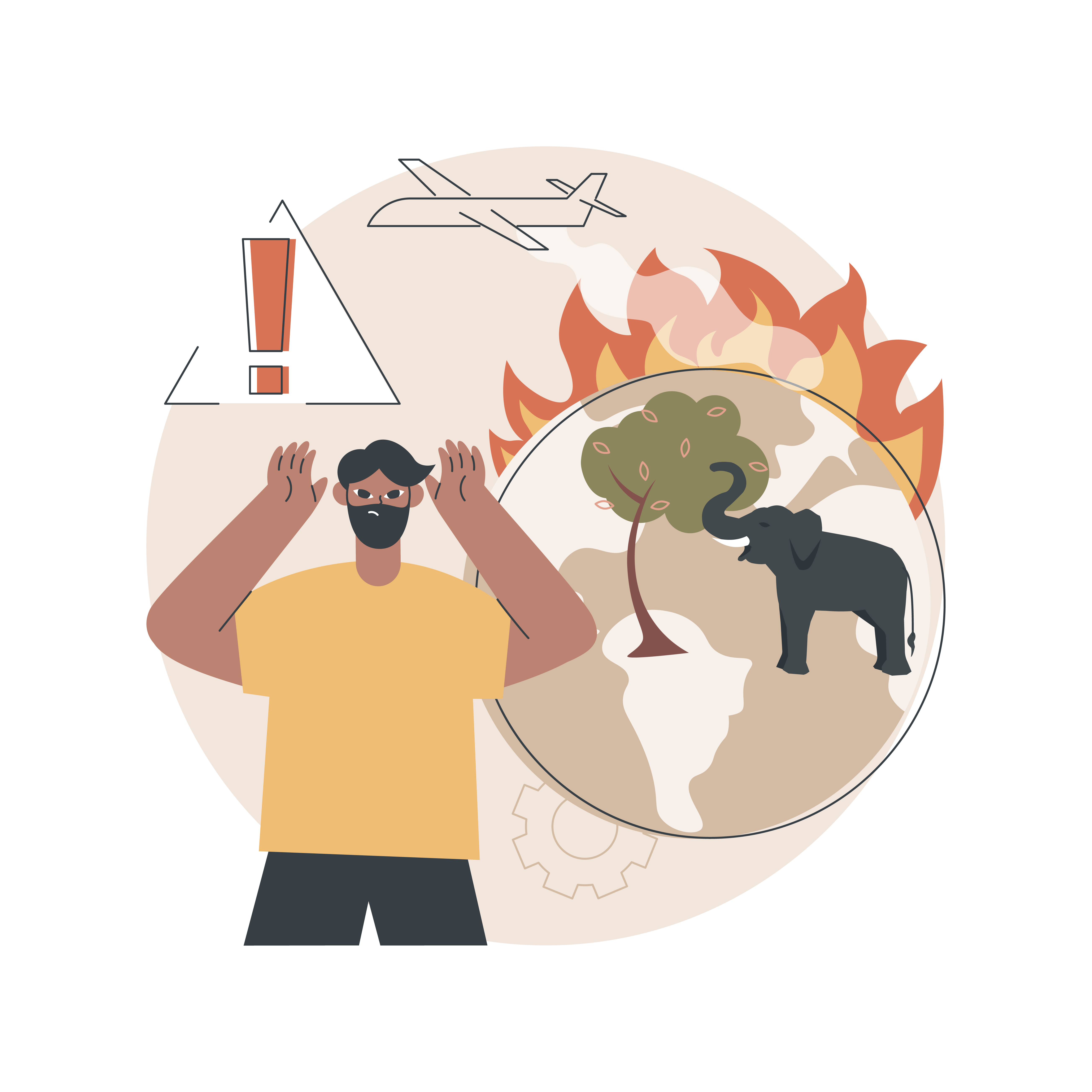+918048034404

This is your website preview.
Currently it only shows your basic business info. Start adding relevant business details such as description, images and products or services to gain your customers attention by using Boost 360 android app / iOS App / web portal.
Explore how climate change impacts patients wit...

Explore how climate change impacts patients with liver disease through heat stress, infections, pollution, and food insecurity. Learn prevention strategies. Impact of Climate Change on Patients with Liver Disease Introduction Climate change is no longer a distant threat — it is a present reality affecting human health worldwide. Among vulnerable groups, patients with liver disease face unique and serious risks. Rising temperatures, extreme weather events, air pollution, and shifting disease patterns can directly and indirectly worsen liver conditions. Understanding these connections is vital for clinicians, public health experts, and patients to prepare for the future. ________________________________________ How Climate Change Affects Liver Disease 1. Heat Stress and Liver Function Exposure to high environmental temperatures can worsen hepatic decompensation in patients with chronic liver disease (CLD). • Dehydration, electrolyte imbalances, and hypotension can reduce liver perfusion. • Patients with cirrhosis are at increased risk of hepatorenal syndrome during heat waves. Keywords: heat stress in liver patients, dehydration impact on liver disease ________________________________________ 2. Air Pollution and Liver Health Air pollution — particularly fine particulate matter (PM2.5) and nitrogen dioxide (NO2) — is linked to worsening liver inflammation and fibrosis. • Long-term exposure may accelerate progression from fatty liver (NAFLD/NASH) to cirrhosis. • Pollution-induced oxidative stress can worsen liver injury in vulnerable individuals. Keywords: air pollution and liver fibrosis, environmental toxins liver damage ________________________________________ 3. Emerging Infectious Diseases Climate change alters the geographic distribution of infectious diseases. • Hepatitis A and Hepatitis E outbreaks, often linked to contaminated water after floods, are expected to rise. • Liver transplant recipients and patients with immune suppression are particularly vulnerable to climate-sensitive infections like leptospirosis, dengue, and cholera. Keywords: infections and liver disease, floods and hepatitis outbreaks ________________________________________ 4. Food and Water Security Extreme weather events can disrupt access to clean water and safe food, increasing the risk of: • Hepatotoxic mycotoxins (e.g., aflatoxins from contaminated grains) • Alcohol consumption spikes linked to mental health strain during climate disasters, worsening alcohol-related liver disease (ARLD) Keywords: contaminated food liver disease, aflatoxin liver cancer risk ________________________________________ 5. Mental Health, Migration, and Liver Disease Climate-induced displacement, food insecurity, and economic instability heighten psychological stress, leading to: • Increased alcohol abuse • Poor compliance with medications • Worsened liver disease outcomes ________________________________________ At-Risk Groups • Patients with cirrhosis or advanced fibrosis • Liver transplant recipients • Patients with autoimmune liver diseases • Elderly individuals with fatty liver disease Special attention must be given to these populations during public health emergencies. ________________________________________ How Can We Prepare? ✅ Hydration and Heat Protection: Educate liver disease patients about hydration, cooling strategies, and recognizing heat stress symptoms. ✅ Vaccination: Ensure vaccinations against Hepatitis A, B, and other preventable infections are up to date. ✅ Pollution Avoidance: Advise patients to limit outdoor activity on days with high pollution indices. ✅ Food and Water Safety: Promote safe food handling and drinking water practices, especially post-disasters. ✅ Mental Health Support: Integrate mental health services into liver disease care, especially during climate crises. Keywords: protecting liver patients from climate change, public health strategies liver disease ________________________________________ Conclusion Climate change is an emerging threat multiplier for patients with liver disease. From heat waves to infectious outbreaks and food insecurity, multiple pathways converge to increase liver-related morbidity and mortality. Healthcare providers must proactively adapt liver disease management to a changing environment. By preparing now, we can protect some of the most vulnerable from avoidable harm. ________________________________________ Frequently Asked Questions (FAQs) Q1. How does heat affect liver patients? Heat can cause dehydration and worsen blood flow to the liver, potentially triggering complications like hepatic encephalopathy or hepatorenal syndrome. Q2. Does pollution worsen fatty liver disease? Yes. Long-term exposure to air pollution can worsen liver inflammation and increase fibrosis risk in NAFLD patients. Q3. Are liver transplant patients more vulnerable to climate change? Yes. They are immunosuppressed and at higher risk of infections, especially during floods or in poor air quality conditions. Q4. What can liver disease patients do during heat waves? Stay hydrated, avoid outdoor activities during peak heat, and seek air-conditioned environments whenever possible.

